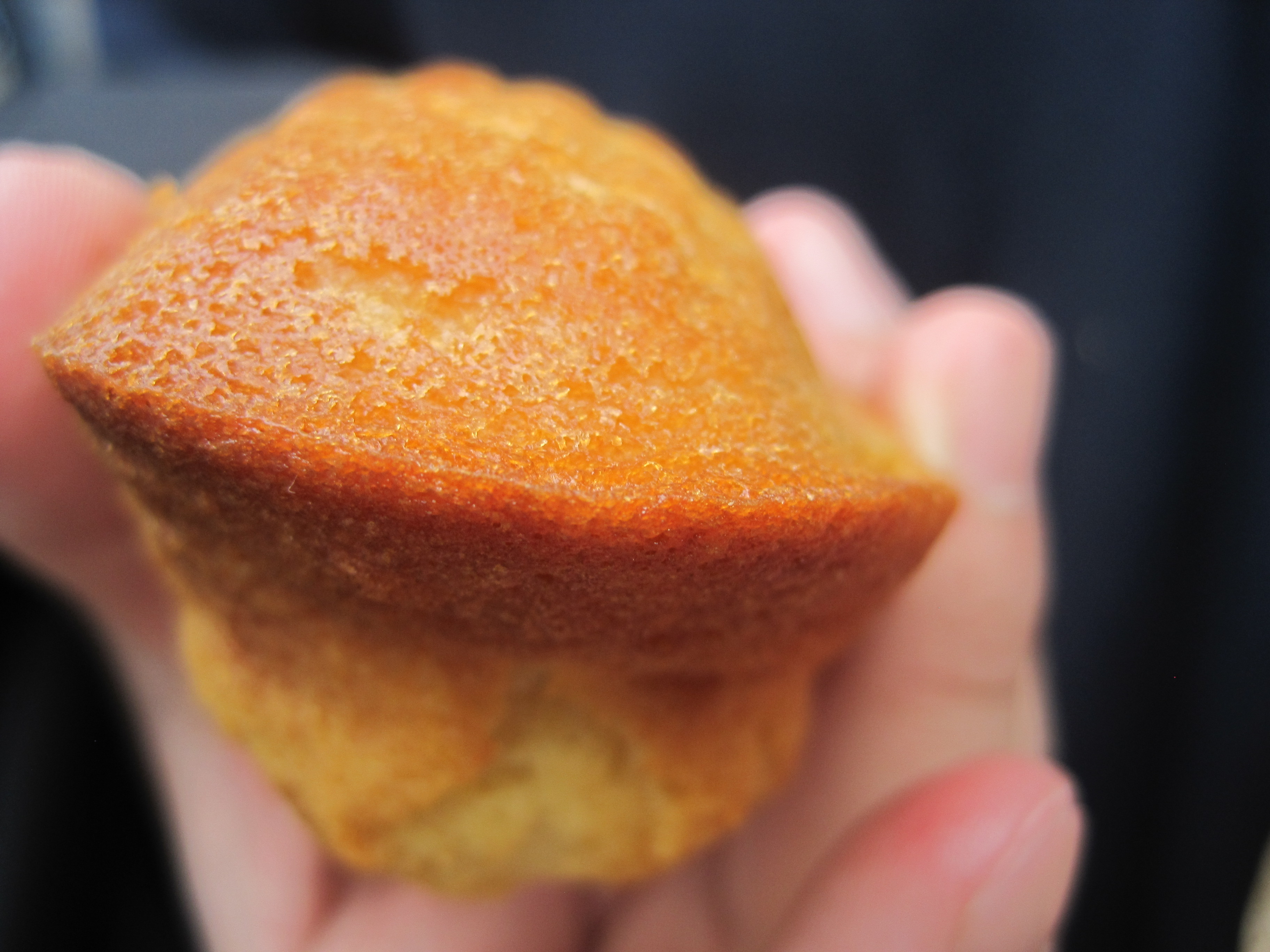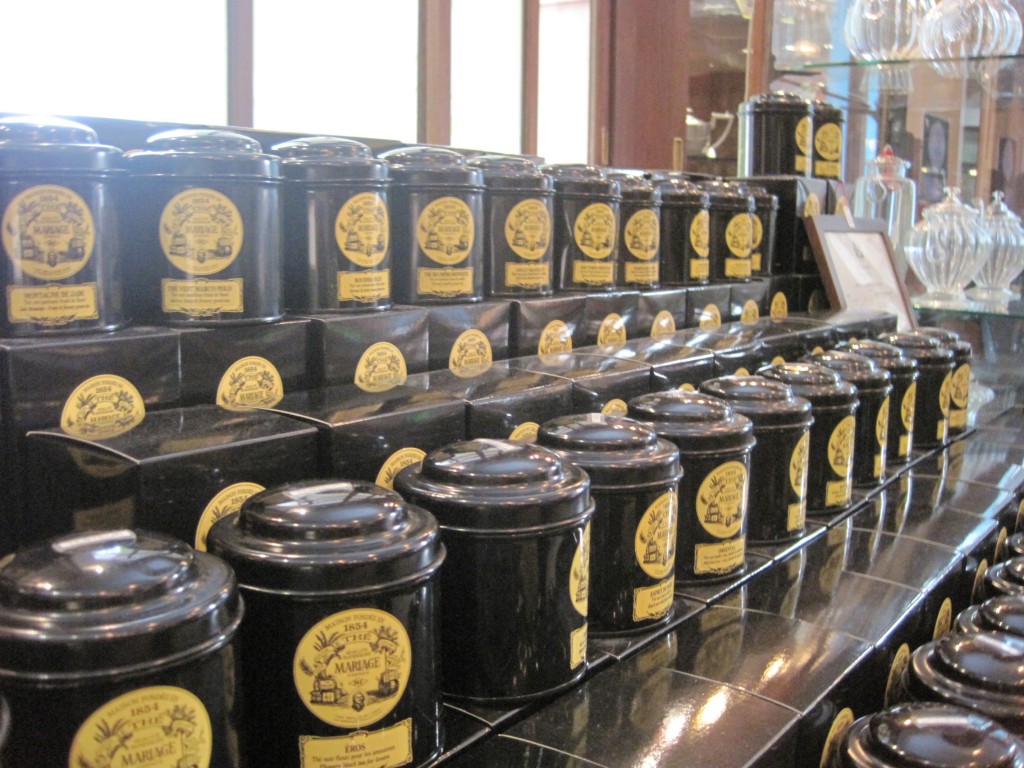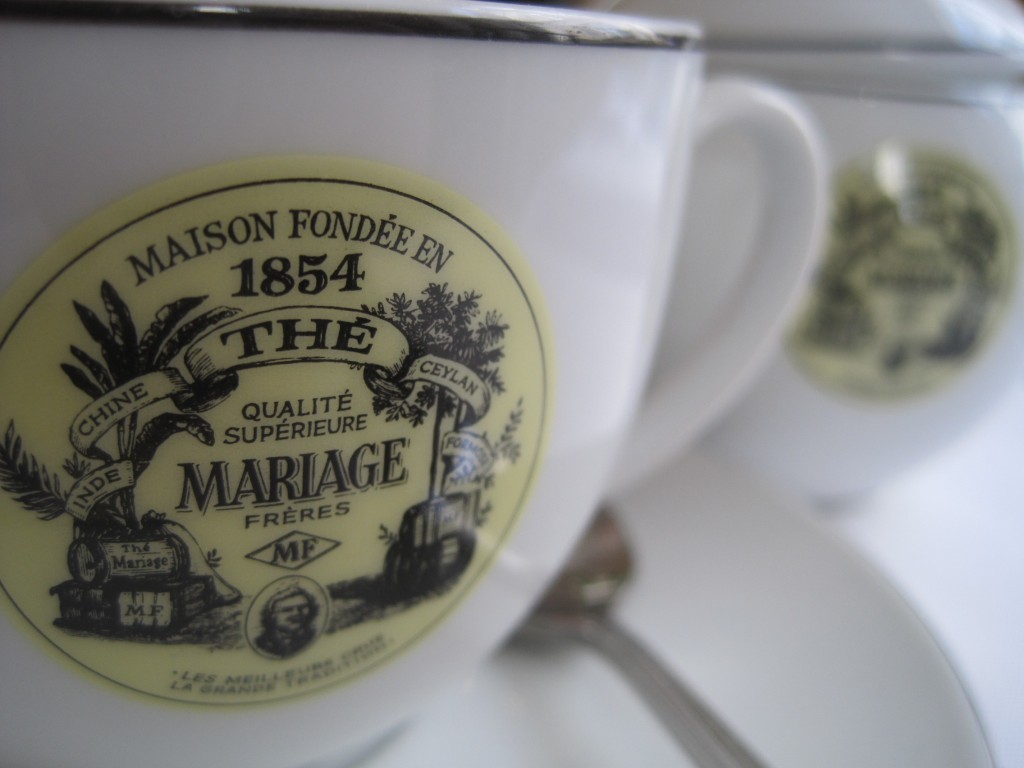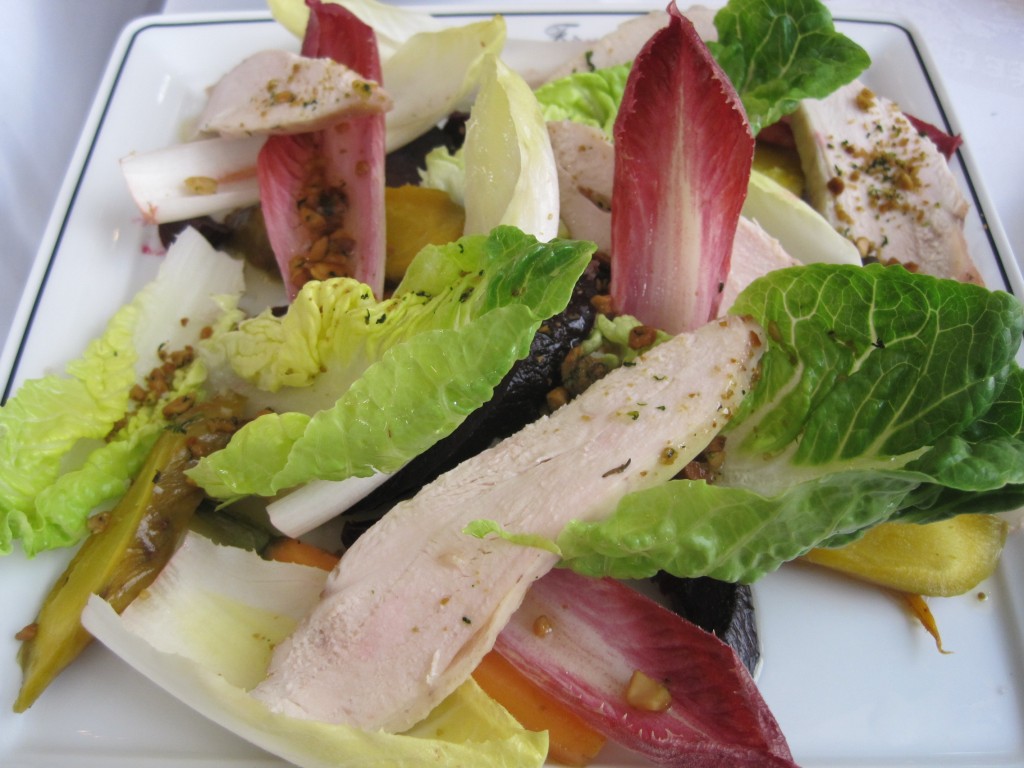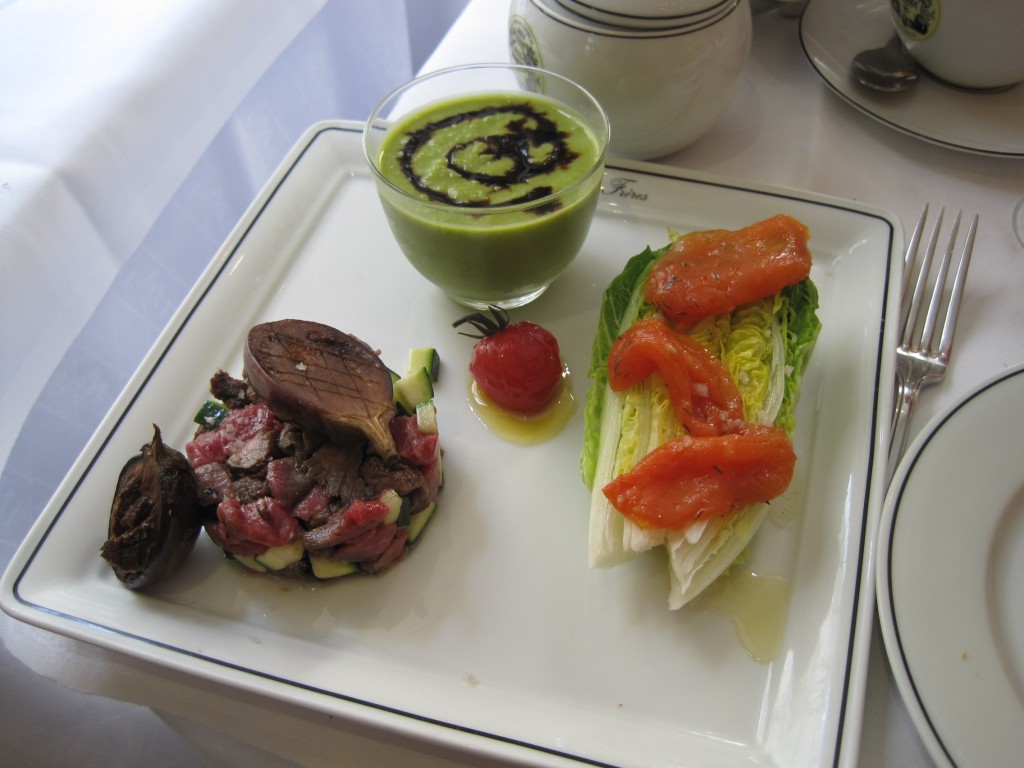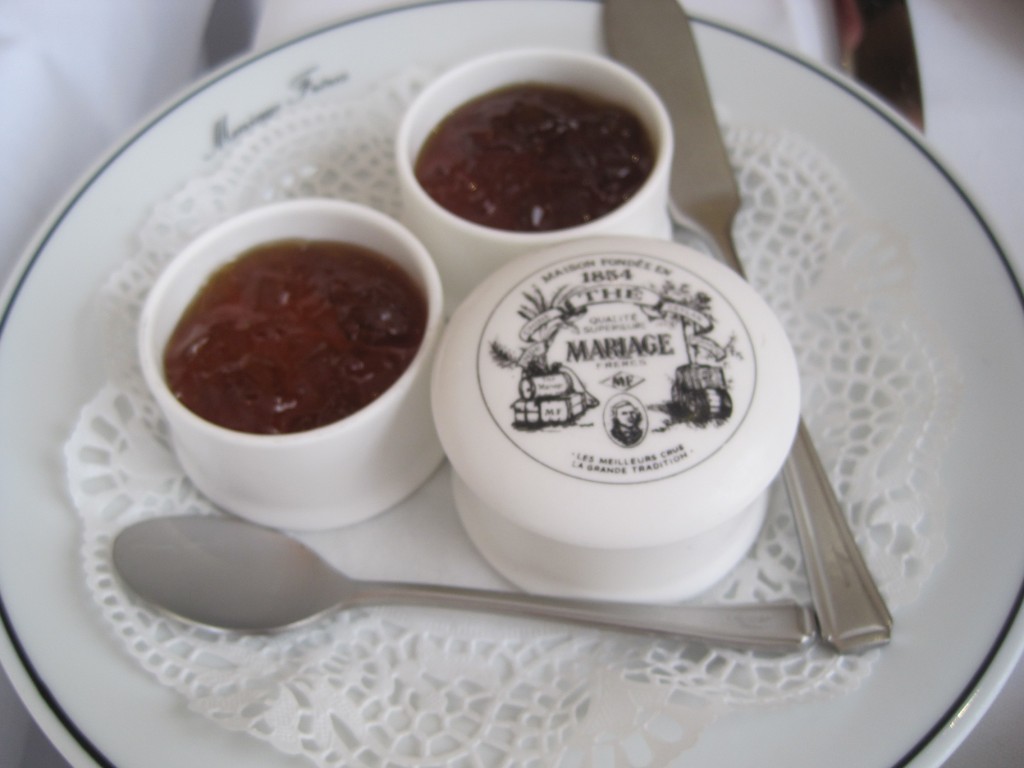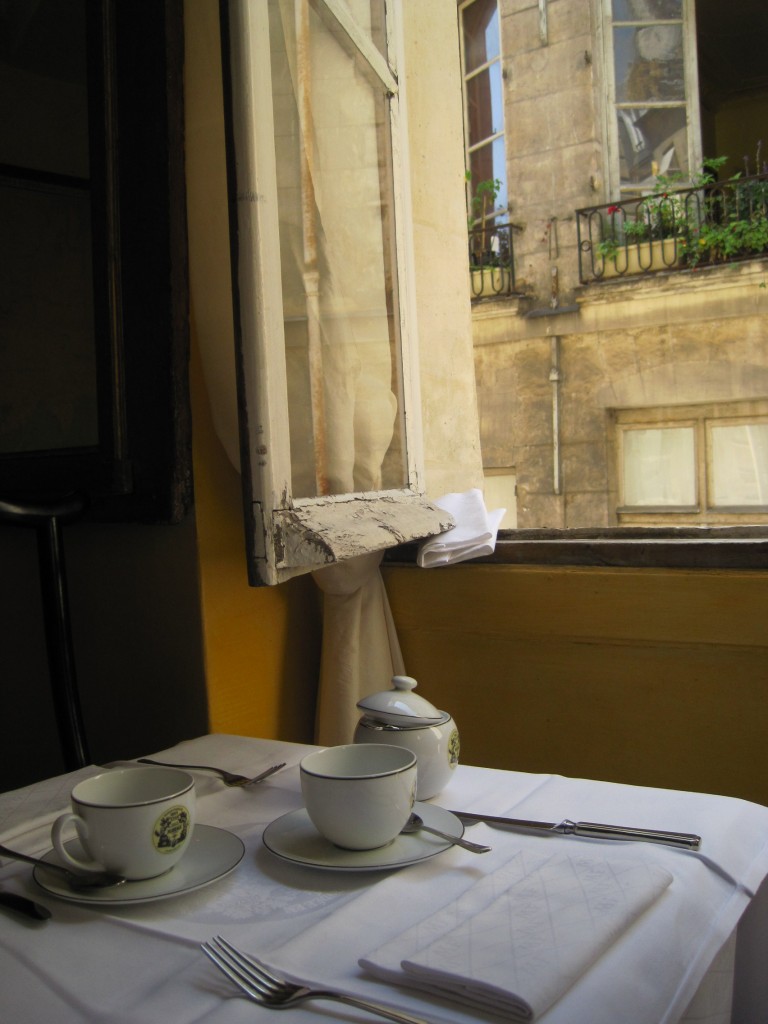I first learned about yerba mate about 11 years ago. I had a colleague who had recently come back from South America, and he was addicted to mate. He drank it out of a cup that was oddly shaped (to me, at least, at the time) and used a peculiar looking straw. I saw what looked to be lots of tea leaves in the bottom of the cup, some were wet and some were half dry (as a tea drinker myself, I was truly bewildered by this sight; why would part of the leaves be DRY?), and I asked him what he was drinking. He told me it was yerba mate, a caffeinated herbal drink that was popular in South America. I asked him if it was a type of tea, and he said it was not. Technically, he was right: yerba mate comes from a specific holly plant that is indigenous to South America, whereas true “tea” has to be from the plant species camellia sinensis. I later learned that yerba mate is considered an “herbal” tea, similar to tisanes like chamomile and lavender “tea.” I remember he had a smile on his face when he described it to me. He said mate was healthier than tea; it supposedly has more antioxidants/polyphenols, and has lower caffeine content than coffee for an equivalent sized serving. Some research suggests that mate may help enhance physical performance and boost energy levels, so occasionally, you may see mate as an ingredient in sports or energy drinks.
Well, yerba mate was inescapable as soon as we arrived in Uruguay. It did not matter if someone was doing a brisk walk or jog along the Ramblas or walking through the bustling Sunday market with friends. You would see people walking with their calabash squash mate cup (the drinking cup is also called a mate), with mate leaves half dry and half soaked in hot water, with their bombilla (the name of the interesting shaped reusable metal drinking straw, which also serves as a mate leaf filter) in one hand; in the other hand or arm, they’d be carrying a long thermos to continue topping up their mate cup. If you were to walk through the streets of Montevideo and not notice this, you likely would either be blind or not have eyes; these mate cups and thermoses were literally everywhere and being consumed by everyone! After a while, I loved looking out for them as we people watched.
We walked into a couple supermarkets in Montevideo and Buenos Aires, where they would have full sections of the shop (in some cases, an entire shelf or wall!) devoted to all the different brands of yerba mate. And it was so cheap, too: you could get a kilo (2.2 lb!!) of loose mate for the equivalent of just a few U.S. dollars. As I stood to admire one wall of mate and all the different brands I was unfamiliar with while at a supermarket, at least eight or nine different people made a beeline for that wall to grab (what I’d assume was) their favorite brand of mate and headed to check out. Mate is very, very serious here, and essentially a household staple.
But whenever we’d stop in cafes or bakeries in Montevideo, we would never see yerba mate listed as a potential drink you could order. I kept my eye out for it, and it yielded no opportunity to just have a cup. I ended up spending $2 USD to buy 200 grams of organic mate from a supermarket near our hotel to bring home; I paid a relative premium for this mate because the bags were so small. The smallest average bags you’d see mate being sold in were at least 500 grams. I asked our hotel in Uruguay about this, and the front desk person said it was because it’s mostly consumed at home among family and friends, and not meant to be something in public restaurants or cafes. So while in Buenos Aires, when we did a tour of El Zanjon, which was a very deep house that had restored labyrinths and served as one of the first B.A. settlements back in 1536, our tour guide mentioned mate and a shop called Mate Ame where we could finally do a mate tasting. It made sense that a place like this existed in B.A. but not in Montevideo. Buenos Aires had more of a tourism scene, and so they could cater to this. Montevideo gets far fewer tourists than B.A. does.
Mate Ame was a short walk from our hotel, so we visited yesterday morning for a tasting of a traditional mate (plain) and an herbal one (with added herbs like mint, plus some green tea). Wow – this was not for the faint of heart — it was definitely potent! Mate on its own is actually quite in-your-face, imposing, and bitter! This is an acquired taste, not one that the average person would enjoy right off the bat. The herbal version was much easier going down for me, but Chris actually enjoyed the traditional version more. There is definitely a method to drinking it that the Mate Ame person walked us through. You’re supposed to put about 1-2 tablespoons of mate in your cup (basically half fill it), then tip it on its side to make sure you have the right amount. After that, you fill the other half of the cup (assuming you have a regular glass and not a calabash squash cup, which is meant for just one person given it can mold…) with less-than-boiling water — not too hot, otherwise you’ll burn the mate and ruin the taste! You dunk your bombilla into the cup, and DO NOT STIR. You sip slowly and enjoy. Once you hear this distinct scratchy sound from your straw, it’s an indicator you are out of water and need to top up. And so the process continues… until you reach the end of the water in your very tall thermos!
Traditionally, friends and family used to drink mate from the same cup (not super hygienic given the calabash squash gourd drinking vessel, but it is what it is) and pass it around; one person (the owner of the cup, I think?) would be responsible for topping up the hot water. For home brewing, I’ve read that a lot of people, even in Argentina and Uruguay, will just use a French press or equivalent and steep. That’s probably what I’ll end up doing when I go home.
There are distinct ways of drinking mate in each of the three countries. I’ve read that Uruguayans are the purists; they do not like anything added to their mate. Argentines are much more amenable to additions like mint, tea, and other spices. And in southern Brazil, people enjoy mate as well, and especially like to add a sweetener like honey to it. I can totally see this being delicious, but sacrilegious to Uruguayans! And generally, Uruguayans prefer their mate ground to almost a powder, whereas Argentines like it more rough cut like you’d imagine some varieties of tea leaves.
Mate is the most consumed beverage across Argentina and Uruguay after water. I think that says quite a lot about these countries and their drinking habits. While I do not love it, I really did love observing mate consumption throughout both Montevideo and Buenos Aires, and I loved staring at all the different styles and varieties of mate drinking cups and the bombillas. The bombilla, along with its many variations, is likely the most intriguing straw I’ve ever seen in my life. The version that I liked the most was the metal straw that had a flat spoon-like bottom with little holes to filter out the mate leaves. The part of the straw that you drink from is not rounded like the majority of straws, but instead, it is flat and thin, like a very thin rectangle. I’d imagine it would be a pain to clean, but I guess I don’t have to worry about that since i’m not buying one!
We actually did get two bombillas (the cheaper version, not with the round straw bottom I liked) to take home, which was included in the price of our mate tasting. It’s a cute souvenir, but honestly, I’ll be unlikely to ever use it for mate drinking at home. I’ll just drink it, hot and strained, out of my mug!









